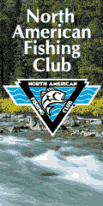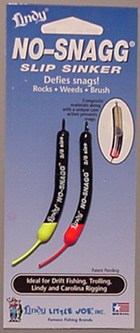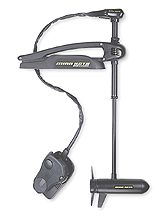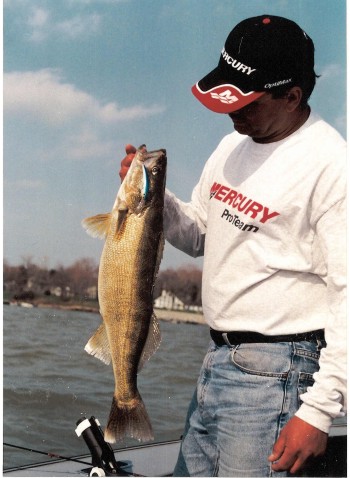
|
|||||
|
Promotional Team Favorites Lodging food and more 
|
By JOHN KOLINSKI
Editor's note: John Kolinski of Menasha, Wis., is a nine-time championship qualifier during his seven years of competitive fishing on the Professional Walleye Trail and Masters Walleye Circuit. His work can be read in numerous outdoor publications and several web sites. Kolinski is sponsored by Triton Boats, Mercury Motors, MinnKota, Lindy, Berkley, Normark, VMC hooks and Off-Shore Tackle. Sometimes, walleye fishing is like placing a phone call that travels through an operator. It can get routed in numerous directions with no guarantee it will ever find the desired party. In many angling applications, we rely on planer boards, snap weights and three-way rigs to carry our message to walleye and sauger that aren't always in a position to receive it. While each of those methods has its time and place in any successful angler's live-bait arsenal, the direct-line approach is sometimes a far better option. It's live-bait rigging, and it's one of walleye fishing's time-honored techniques. I'm talking about the old-fashioned, hook, line and sinker approach made famous years ago by a legendary group of Minnesota guides who have gone on to much fame and fortune in the fishing industry. It's interactive angling, and a way to reach fish that many anglers motor right by. Location is the primary factor that makes live-bait rigs the right choice. It's effective when fish are tucked up tight to steep breaklines, when they're relating to a slight indentation or cup along a shoreline or main-lake point and when they just won't have anything to do with a crankbait or even a jig. Rigging often excels during cold-front conditions that in late spring and early summer tend to send the walleyes up against the steepest, hard-bottomed structure available. In all these situations, no other presentation reaches and tempts those fish like rigging. Any rig is only as good as its bait and by June that usually means leeches and nightcrawlers. I go to extremes to keep my bait fresh and lively, and I'm convinced it shows up in my catch. Temperature is paramount. I store my leeches in a small cooler and add a few cubes of ice several times during a day of fishing. When the day is done, I change their water and keep them in a larger cooler or a refrigerator. Keep your crawlers chilled, too. Again, a small cooler works well, as do some of the insulated crawler boxes on the market. Keep them out of the sun as much as possible and ice then down a few times during the day, too. If the bedding gets soggy by the end of the day, change it for the next outing. If minnows, shiners or chubs figure into my plans, I purchase them right before I hit the water. Fathead minnows do well enough in a constantly aerated baitwell. Shiners and chubs are better kept on ice inside air-filled bait bags. boat. If the angle gets into the 30-degree range or less, there is a considerable loss of feel and control. Change the weight of your sinker if wind, current, depth or boat speed prevent you from staying in that 45-degree area.
the fish. Sometimes, they attack the bait and hook themselves. More often, rigging requires a little finesse. I use a 7-foot Berkley Series One spinning rod with a Mitchell Copperhead Pro Series spinning reel. The rod has a lot of backbone, tremendous sensitivity and the leverage I need for solid hooksets. I keep the bail open when I'm rigging, and my finger on the line. When I feel that initial tick or any other resistence, I let the line go and drop my rod tip toward the source of the action. If the line is moving, you know there's a fish there and you can reel down until the line is tight. If the fish is still there, you'll know it and you can set the hook with a simple sweep of the rod. Sometimes, the line doesn't move. Then I'll wait 10 or 15 or even 20 seconds before engaging the reel, tightening up the line and applying just enough pressure to see if there's a fish there before setting the hook. One other critical element in rigging. Don't let your sinker drag on the bottom. Rather, find the bottom and then raise it an inch or two and keep it there. Drop the rod tip back every now and then to make sure you are within a few inches of the bottom without stirring up the mud or ripping through the weeds. Rarely does dragging the sinker through the muck or sand trigger bites, although it does happen. Live bait rigs are a fun and effective presentation. In my book, they remain one of angling's simple pleasures. Fish Clix Banner Exchange Please visit these site sponsors |
||||
|---|---|---|---|---|---|


